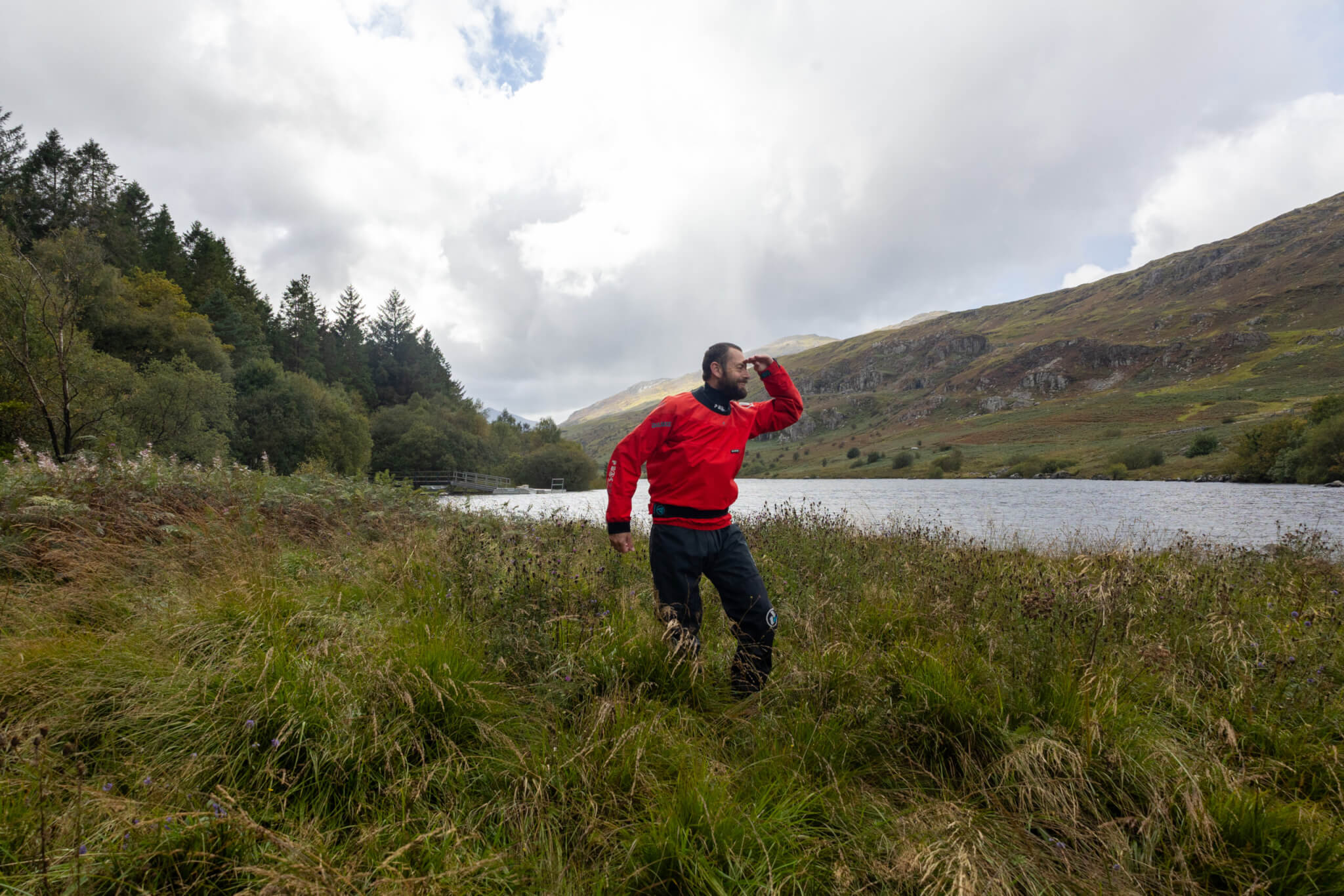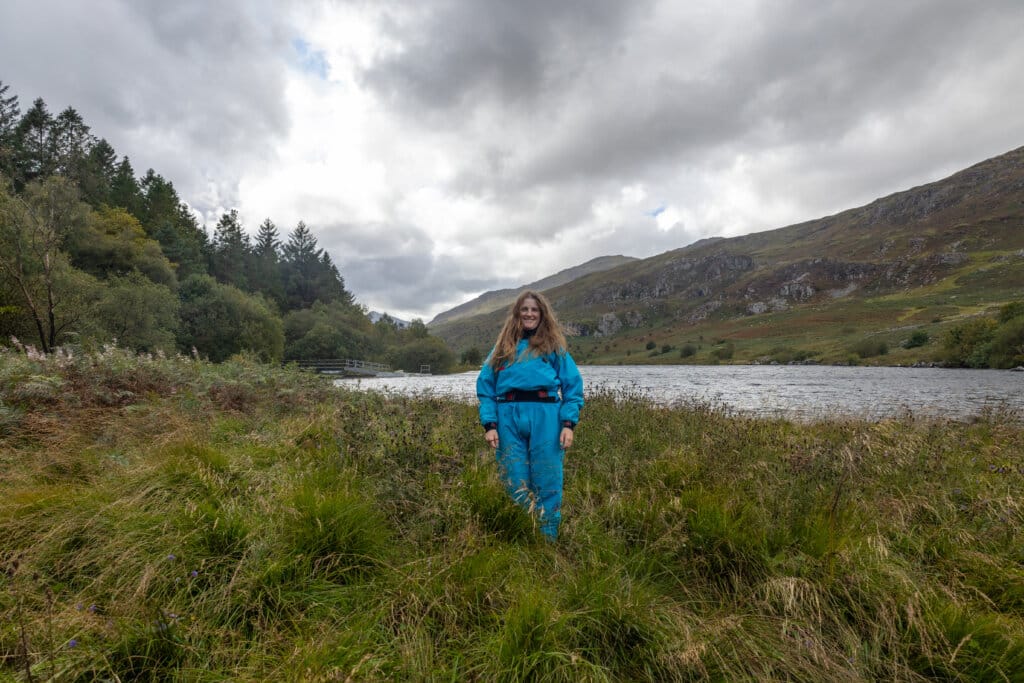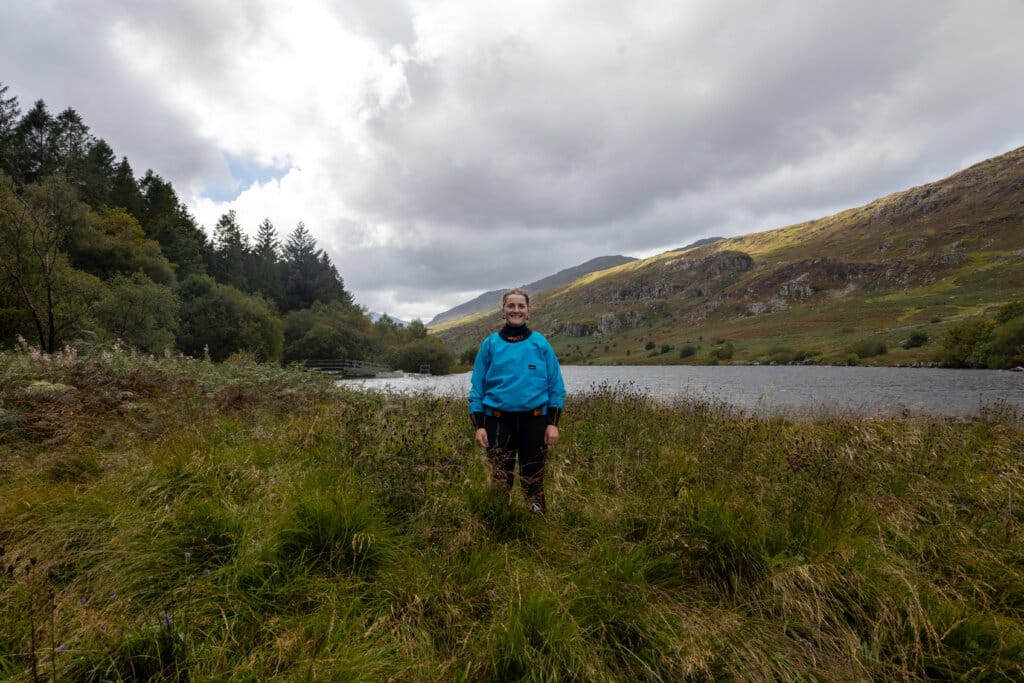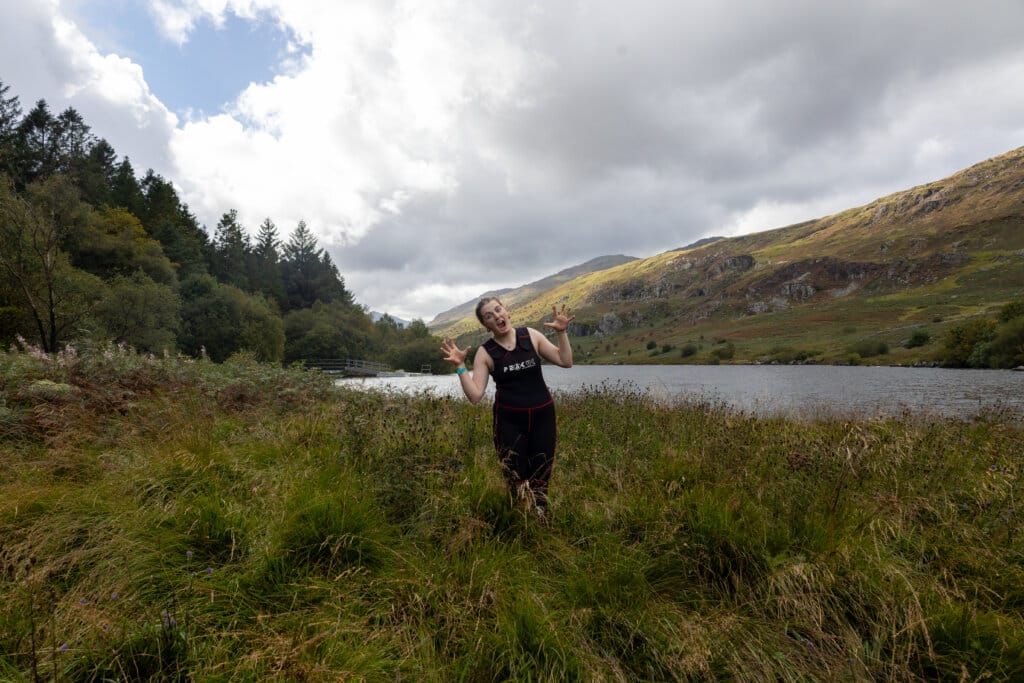
Drysuit or Separates?
Paddlers: Should you be in a drysuit?
Drysuits are great don’t get me wrong, nothing beats being able to climb out of your suit at the end of the day and jump straight in your car for the drive home. But personally, I’m not convinced that they are the be all and end all of paddling clothing. For starters they’re a lot of money and when you fall over on that muddy, slippery, bramble choked bank and rip a hole in it, you have to send the whole thing away to get fixed. That’s your entire paddling shell gone, so no boating for you for the next few weeks. My experience (depending on what you use them for) is that the tops and bottoms of drysuits don’t wear out at the same rate I often end up with one half trashed while the other half still has some life left in it.

With separates on the other hand, you have choice and this is particularly great if you are into more than one type of paddlesport or are just starting out.
I remember back when I first started paddling many moons ago that my first dry cag even though it was only single waist was a complete revelation making paddling in the depths of winter so much more pleasurable. This is still a great way to start out… a Long John wetsuit and a dry cag. Possibly the most cost-effective all-weather option.
A dry cag also works well with:
- Board shorts such as Peak’s Bagz shorts … Great when the weather is nice and warm.
- Thermal / neoprene leggings: Peak’s Neoskin Strides … Super when it gets a little colder.
- Dry or semi dry trousers: Explorer Salopettes Evo … Amazing for those winter paddles.

A good set of semi dry or dry trousers also work well with:
- A waterproof jacket such as your normal mountain jacket or multi sport jacket … Great for canoe tripping or SUP touring, pockets and a hood what more could you want?
- A super warm synthetic insulated jacket … So nice when the temp drops below freezing.
- Sea kayaking / touring jacket … great when you want a hood and the benefits of dry arms.
But what happens when I swim? I hear you ask. Obviously if you’re in a drysuit you tend to stay pretty dry. If you are in a good quality set of dry trousers and dry cag then it’s almost as dry, especially if it’s a short swim. Don’t get me wrong if I’m teaching a rescue course where I’m intentionally repeatedly swimming then I’ll be in a dry suit. But most of the rest of the time I’ll be sticking with the versatility of separates.
Joining us on one of our paddling courses and not sure what to wear? We have a fully stocked store to keep you warm and dry.

